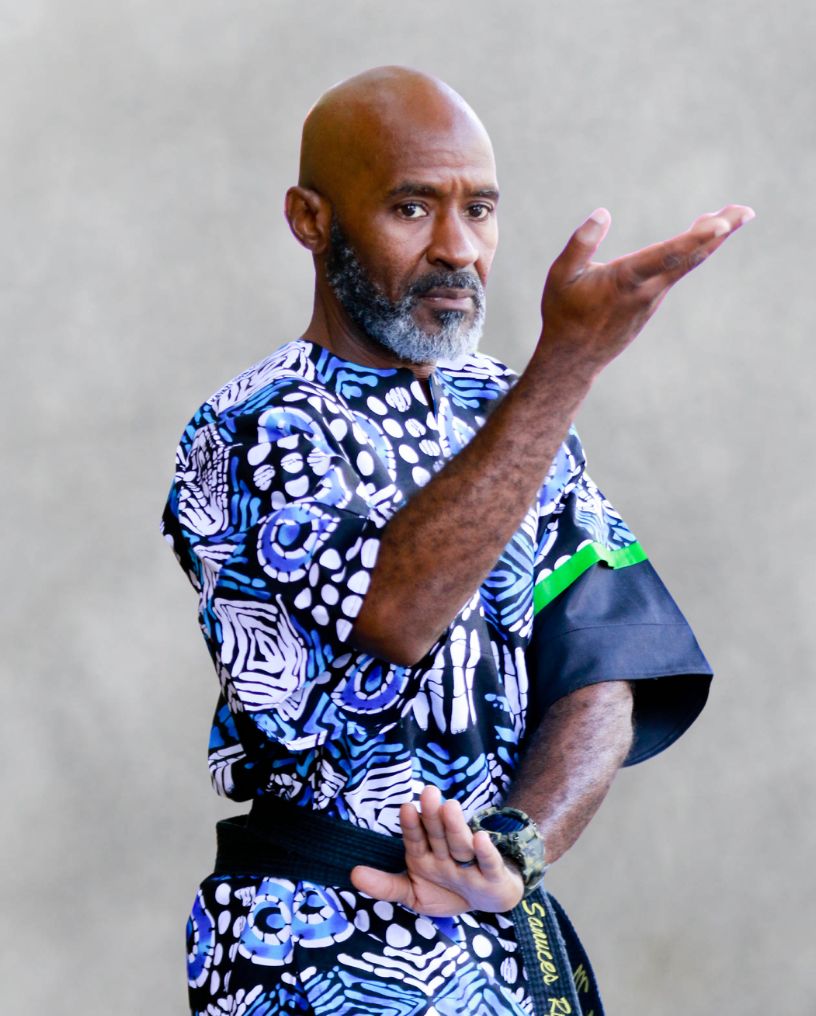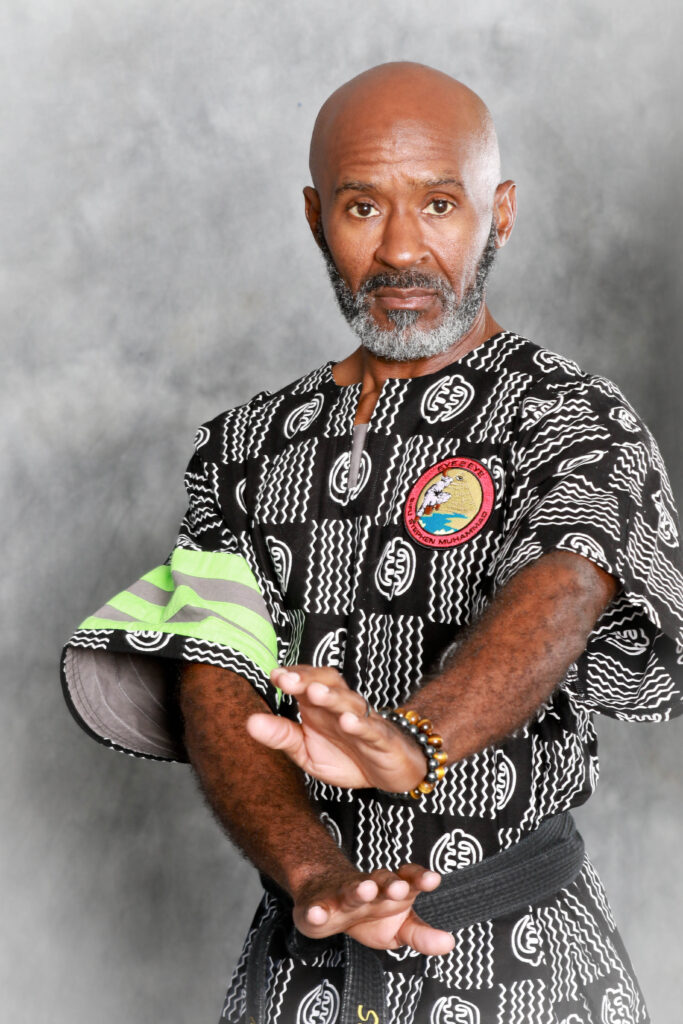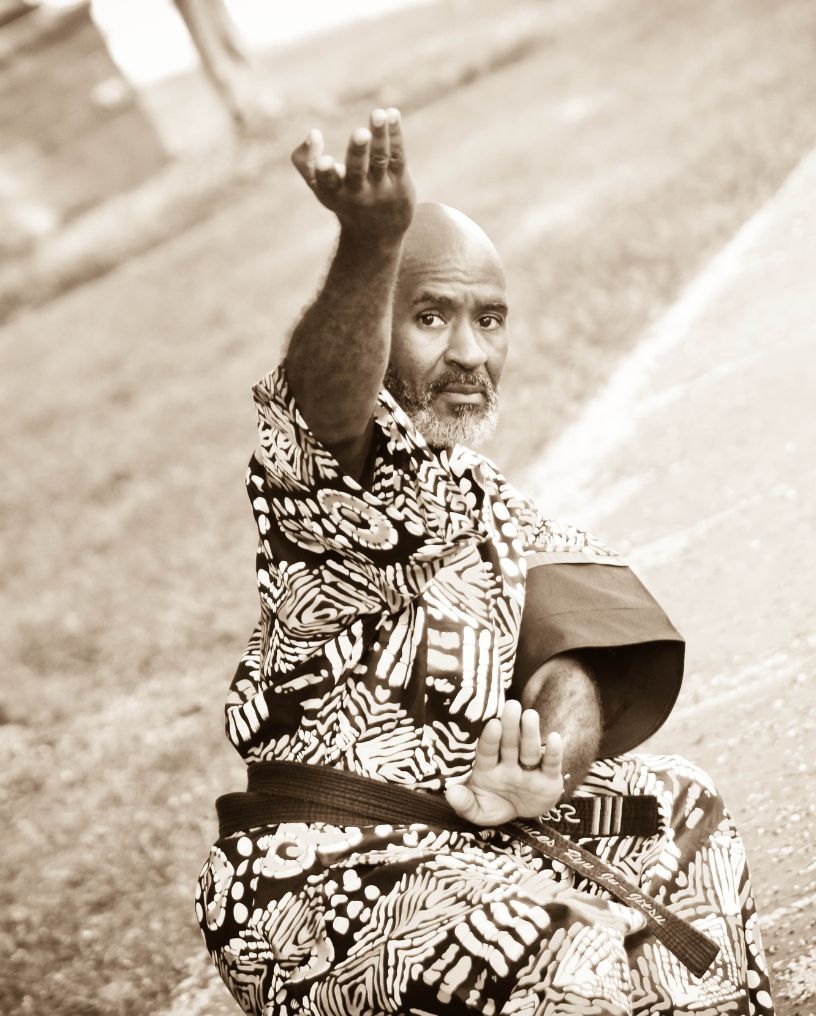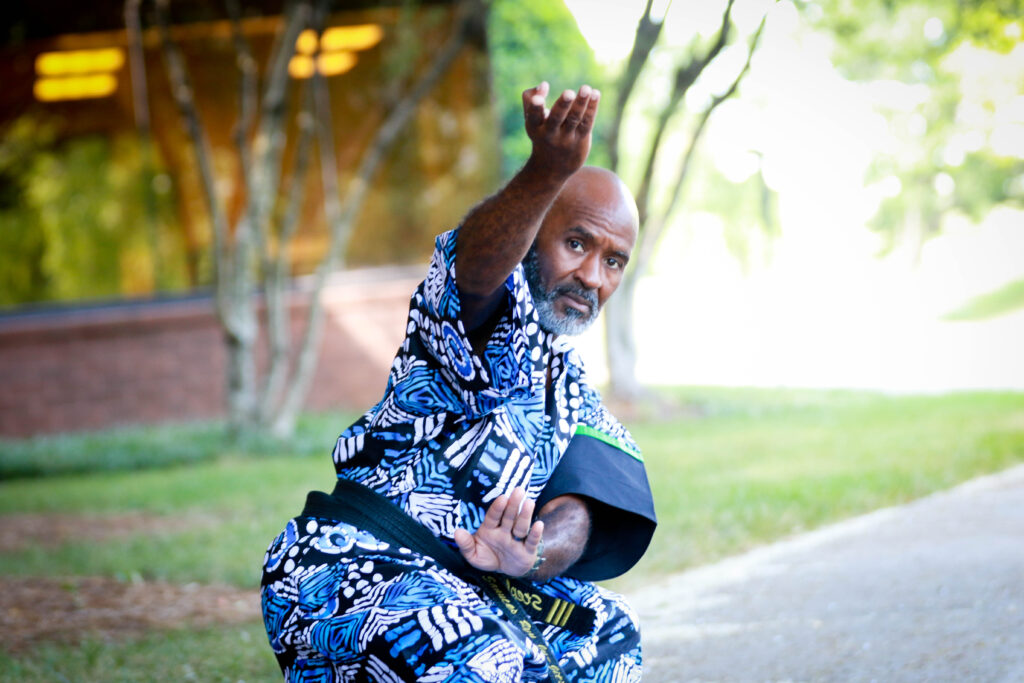When you hear the word “chaos,” your first thought might be fists flying or someone yelling in your face. But real chaos isn’t always loud. Sometimes it shows up as tension in a room, a moment of rising panic, or the split-second decision you’re forced to make under pressure.
The art of neutralizing chaos without a punch is about learning to meet that energy without becoming it. You don’t need to strike to stop a fight. You need to understand what’s happening, stay in control, and apply the right kind of pressure at the right time.
Let’s walk through how that works—mentally, physically, and strategically.
Understanding the Real Meaning of Chaos in Conflict
Chaos isn’t just an aggressive shove or a threat. It’s a breakdown of clarity. It pulls people out of alignment, out of logic, and into reaction. You can’t handle it by reacting harder—you handle it by becoming the anchor in the storm.
What Does Chaos Look Like in Real Life?
You’ll see it in arguments that get too personal too fast. You’ll feel it in an anxious moment when someone steps too close. You’ll see it when a child panics, a crowd turns, or an emotional situation starts spiraling.
Chaos is confusion amplified. And the sooner you recognize it, the sooner you can stop it from spreading.
How Fear and Emotion Cloud Your Response
Fear speeds up your body, tightens your breath, and shuts down your thinking. If you’ve never trained for those moments, your emotions will drive your decisions. And emotions aren’t reliable in high-stakes situations.
We train people to breathe, stay grounded, and act instead of react. That means your first move is clear, not desperate.
Why Most People React Instead of Respond
Reaction is fast but messy. Response is deliberate.
Without training, most people default to old habits—flinching, arguing, or lashing out. But if you’ve learned to observe, manage your internal state, and move with intention, you get to respond. And that changes everything.
The Role of Stillness in Turbulent Moments
Stillness doesn’t mean you do nothing. It means you don’t chase the chaos.
There’s power in being calm while others are loud. There’s strength in not matching someone’s aggression. When you stay still, you make them do the work. You keep your energy. You get to choose the next move.
Energy Over Impact: The Invisible Force You Can Control
Control isn’t just physical—it starts with how you feel and direct energy. You don’t need to strike someone to move them. You can shift their balance, redirect their momentum, and shut down their aggression without throwing a punch.
Feeling and Redirecting Energy in Martial Movement
Your body picks up more than you realize. When someone grabs you or comes in close, there’s a message in that contact. We teach students how to read that message—where the pressure is going, how the force is flowing.
Then we teach how to redirect it. Not to stop it—just to let it keep going in a way that no longer threatens you.
Aikido and Jiu-jitsu Principles in Real-World Defense
These arts aren’t about dominating. They’re about guidance and timing.
If someone pushes, you turn. If they pull, you move forward. It’s not about resistance—it’s about redirection. You use what’s already there. When you move that way, you conserve energy and gain control.
The Physics of Balance, Momentum, and Leverage
You don’t need to overpower someone. You need to understand structure.
- A step at the right angle can take away balance.
- A shift in your hips can change the direction of their force.
- A simple pivot can make someone fall into the space they created.
This is physics, not strength. It works regardless of size or gender.
Breathing, Awareness, and Controlling the Flow
Breathing controls your nervous system. And your breath can either anchor you or accelerate your fear.
We train people to breathe through movement. To feel when something is shifting and move with it. When you can stay present in your body—without panic or tension—you gain a kind of timing that can’t be taught in a textbook.
The Mind as the First Weapon in Every Encounter
Physical training is nothing without mental preparation. If your mind is scattered, your body will follow.
Mental Framing: Seeing the Problem Clearly
Most people miss the true nature of a threat because they’re too busy trying to interpret emotion or intention. We teach students to strip it down.
Look at what’s really happening:
- Are they trying to intimidate, or are they truly dangerous?
- Is this situation escalating because of you, or in spite of you?
- What’s the smallest step that diffuses this tension?
That’s framing. That’s clarity. And that’s your edge.
Controlling Your Internal State Under Pressure
Your posture, tone, and breath speak before your words do.
We build drills that simulate stress, not to scare you—but to show you how capable you really are. You don’t rise to the occasion. You fall to your level of training. So we raise that level.
We teach you how to remain aware of your environment, manage your tension, and keep your internal compass pointed in the right direction.
Choosing Disruption Over Domination
It’s not about overpowering the other person. It’s about changing the direction of the moment.
When you disrupt someone’s pattern—physically or verbally—you interrupt their control. A slight pivot, a redirect of their arm, a well-placed word can change their whole strategy.
They expect resistance. They don’t expect clarity.
Training the Mind to Override Instinctive Panic
We create scenarios that push you into discomfort. Not to break you—but to build your ability to stay calm under pressure.
Over time, you learn to stop freezing, stop panicking, and start thinking. You learn to override that knee-jerk reaction and replace it with calm, practiced movement.
Strategies That End Fights Before They Begin
The best fight is the one that ends before it starts. And that’s not luck—it’s training.
Breaking the Opponent’s Intent Without Breaking Them
Intent is everything. Before a punch is thrown, there’s a decision. And if you can interrupt that decision—verbally, visually, or physically—you often end the threat before it unfolds.
We teach people how to step in—not back—with awareness. How to read the micro-signals of intent. And how to neutralize it before the action takes place.
Strategic Movement and Positioning
You don’t need to be the fastest person in the room. You need to be the smartest one on your feet.
- Move off the line of attack.
- Create angles that limit the other person’s options.
- Control space with your positioning—not your hands.
It’s geometry in motion. And it’s highly effective.
Tactile Intelligence: The Power of Touch Without Striking
We do a lot of touch-based drills. Why? Because in close encounters, sight won’t save you—feel will.
When you know how to stay relaxed, you can sense where their pressure is coming from. That tells you what’s next. You’ll know whether to yield, redirect, trap, or move.
This kind of sensitivity takes practice—but once you have it, you’ll be calm in contact.
Commanding Presence: Body Language That Deters Conflict
Sometimes you don’t need to speak. Your posture, breath, and stillness speak for you.
We teach people how to carry themselves in a way that quietly says: “This isn’t going to go the way you think.”
- Shoulders relaxed, not raised.
- Feet firm, not frozen.
- Eyes alert, not darting.
This isn’t false confidence. It’s earned presence.
Why This Approach Matters in Today’s World
The world doesn’t need more fighters. It needs more people who can stay steady when others can’t.
When Force Escalates and Control Diffuses
Force invites more force. Control settles things.
The more aggressive your response, the more chaotic the situation becomes. But if you show calm, presence, and clarity—you shut down the need for escalation.
It’s not about being soft. It’s about being smart enough to make violence unnecessary.
Empowering All Ages and Body Types Through Strategy
Strength fades. Strategy doesn’t.
We’ve trained kids, seniors, parents, and professionals. And the lesson is the same: your power comes from how you move, think, and direct energy.
- A child learns how to hold their space.
- A senior learns how to redirect a grab without tension.
- A teacher learns how to de-escalate without fear.
That’s real power. And it’s available to anyone.
From Conflict Avoidance to Conscious Engagement
Avoidance is fear. Conscious engagement is choice.
You don’t need to avoid tough moments. You need to face them with clarity and strategy. That’s what we teach. How to step forward with presence, with technique, with options.
When you’re prepared, you don’t fear conflict. You just stop it before it begins.
Living the Philosophy Beyond the Dojo
What you practice becomes who you are.
You train on the mat so you walk differently in life. You learn balance, clarity, and calm—not for the dojo, but for your everyday situations.
You learn how to speak more clearly. How to listen better. How to hold your ground in arguments. How to parent more patiently. How to show up with intention instead of tension.
That’s what this training gives you. That’s the art of neutralizing chaos without a punch.
Learn the Skills That Keep You Calm and Capable
The ability to neutralize chaos without throwing a single punch comes from awareness, movement, and the confidence to stay grounded.
It’s not about learning to fight harder—it’s about moving smarter and staying in control when it matters most. That’s what we train for every day.
If you’re ready to embody that mindset and build real-world skill, our women’s self-defense classes are a powerful place to start. Come experience what it means to train with intention, strategy, and quiet confidence at Eye2Eye Combat.
FAQs
1. Can you really stop a fight without throwing a punch?
Yes, absolutely. It’s about timing, movement, and reading energy. You learn how to redirect tension, break someone’s intent, and stay calm under pressure. Most conflicts can be defused before they turn physical—if you’re trained to spot the signs and respond with clarity.
2. Do I need to be strong or in shape to learn this kind of control?
Not at all. These techniques don’t rely on muscle—they’re built on leverage, balance, and awareness. Anyone can learn them, no matter your size, age, or fitness level. It’s more about mindset and strategy than brute force, and that’s something we build step by step in class.
3. What’s the first thing you teach someone who wants to handle conflict better?
We start with awareness and breath. If you can manage your breathing and stay present, you’ll think more clearly and move with purpose. From there, we teach simple body positioning, how to read intent, and how to disrupt before things escalate. It’s practical, and you’ll feel the shift fast.





